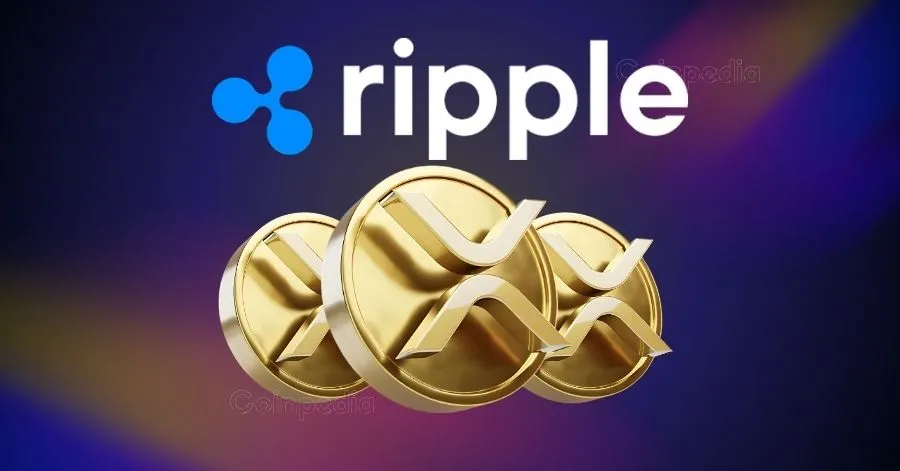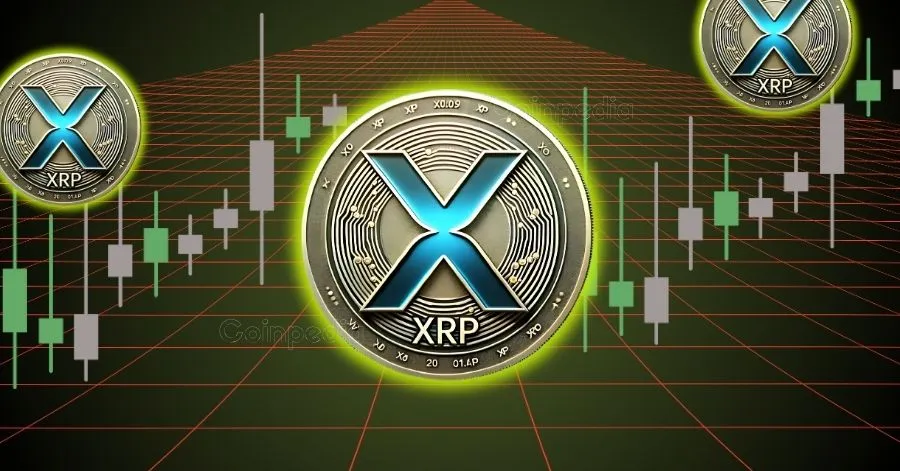
The crypto asset (virtual currency) market will enter a new phase in 2024, and there is widespread optimism. After the turmoil of the past year and a half, a shift in monetary policy and new Web3 innovations are paving a new path for crypto innovation, boosted by the approval of Bitcoin ETFs (Exchange Traded Funds).
The development of decentralized finance (DeFi) is particularly promising. As central banks signal interest rate cuts, DeFi yields are becoming increasingly attractive as an alternative form of investment. Additionally, new ecosystems and new generations of protocols are introducing new financial primitives into this space.
However, in order to overcome the major barrier of widespread adoption, DeFi will need to be different. Let's explore what are the key pillars needed for DeFi's evolution and how they are manifesting themselves.
DeFi Phase 1: Incentives, yields, monoliths, and hacking
The first phase of the DeFi market was characterized by the launch of a highly incentivized ecosystem that created artificial and unsustainable yields in various ecosystems, but it also laid the groundwork for protocol innovation. Ta.
Although the viability of incentive programs was often questioned, they were in response to start-up problems in many ecosystems.
Unfortunately, as market conditions have changed, a significant portion of DeFi activity in these ecosystems has declined, and yields have fallen to levels that are no longer attractive from a risk-return perspective.
Another notable aspect of the first DeFi phase was the large number of complex protocols that covered a wide range of functionality, raising the question of whether they should be called financial primitives.
After all, protocols like Aave contain hundreds of risk parameters, resulting in highly complex and integrated functionality.
Such large protocols often fork to achieve similar functionality in new ecosystems, resulting in the creation of Abe, Compound, or Uniswap and various EVM ecosystems. There has been an explosion of protocol forks.
Meanwhile, security attacks have emerged as a major barrier to DeFi adoption. Most DeFi hacks have resulted in the loss of a large portion of the protocol's TVL. The combination of hacks and falling yields has made investors think twice.
But despite these challenges, the first phase of DeFi was a huge success. The ecosystem has been able to withstand incredibly challenging market conditions and maintain strong adoption levels and a vibrant community.
But will the next phase of DeFi be able to accommodate the new market environment and the technological innovations required for mainstream adoption?
For the second phase of a technology trend to achieve much greater adoption than the first phase, either the market environment needs to change or the technology must evolve to attract a new generation of customers. In the case of the second phase of DeFi, the milestones of its spread can be roughly divided into the following three categories.
- Developers developing new DeFi protocols and apps
- Individual investors accessing DeFi from wallets and exchanges
- Institutional investors using DeFi for more sophisticated use cases and scale
DeFi Phase 2 (for developers): More granularity and new primitives
For developers, the new phase of DeFi is dominated by impactful trends. Protocols are moving from large, monolithic structures to smaller, more granular ones.
I call this movement “DeFi micro-primitives.” Protocols like Morpho Blue enable lending primitives that can be combined with sophisticated functionality.
In addition, DeFi Phase 2 developers will benefit from the emergence of new ecosystems like EigenLayer and Celestia/Manta that offer new possibilities for new financial primitives in DeFi. Early innovators in these new ecosystems include protocols like Renzo and EtherFi.
DeFi Phase 2 (for institutional investors): Risk management, structured products
Institutional adoption in the first phase of DeFi was primarily driven by crypto-asset companies. For this to evolve, the second phase of DeFi will need to become a robust financial service that lowers the barrier to entry for institutional investors.
Risk management will undoubtedly become an integral part of the second phase of DeFi, allowing institutional investors to accurately model risk-return in DeFi. This will result in more sophisticated risk management services.
Additionally, the finer granularity of the DeFi second phase architecture poses a major implementation challenge for institutional investors. This means micro-primitives need to be integrated into higher-level structured protocols that provide the sophistication and robustness that institutional investors require.
For institutional investors to move to the next phase of DeFi, they need services such as margin lending, insurance, and credit.
Combining the yield offering of different protocols with risk management, lending and insurance mechanisms is an example of a structured product suitable for an institutional framework.
Regulation remains a determining factor in the adoption of DeFi among institutional investors. But without institutional primitives such as risk management and insurance, developing a detailed regulatory framework is nearly impossible. In the absence of these, heavy-handed regulation may be the only option.
From this perspective, developing institutional-grade features in DeFi's second phase will not only increase adoption, but also reduce the existential risks of the sector.
DeFi Phase 2 (for individual investors): UX and simple services
Individual investors are the group most affected by the turmoil in the DeFi market. However, with the emergence of a new ecosystem, retail investors are steadily returning.
That said, using DeFi protocols is still a foreign concept to most retail investors, and the specialized nature of DeFi primitives makes it even more difficult.
The biggest challenge for DeFi is that improving the user experience (UX) is essential for its widespread use.
But when considering UX, you can be more ambitious than just simplifying interactions with DeFi protocols. The wallet experience has remained largely unchanged over the past five to six years. A wallet experience that integrates DeFi as a core element will be essential for widespread adoption among individual investors.
Additionally, interactions between retail investors and DeFi protocols should be abstracted into something simpler that can be easily done without requiring a DeFi expert.
Imagine being able to request a loan with the appropriate collateral level and protection mechanisms in one click, instead of interacting with protocols like Abe or Compound. DeFi UX is a clear challenge that needs to be addressed urgently.
A new phase of DeFi is emerging due to the combination of macroeconomic conditions and the current state of the crypto asset market. The second phase of DeFi will bring more granular and composable financial primitives for developers to create new protocols, as well as robust financial services for institutional investors and retail investors. It must be combined with a better UX that removes barriers to adoption.
While the first phase of DeFi was primarily driven by artificial financial incentives, the second phase of DeFi was more pragmatic and focused to support its viability as a financial system parallel to traditional finance. It should be organic and simpler.
|Translation and editing: Akiko Yamaguchi, Takayuki Masuda
|Image: Federico Respini/Unsplash
|Original text: The Next Phase of DeFi Is Here
The post Thinking about the second phase of DeFi: from the three perspectives of developers, institutional investors, and individual investors | CoinDesk JAPAN appeared first on Our Bitcoin News.

 1 year ago
86
1 year ago
86














 English (US) ·
English (US) ·